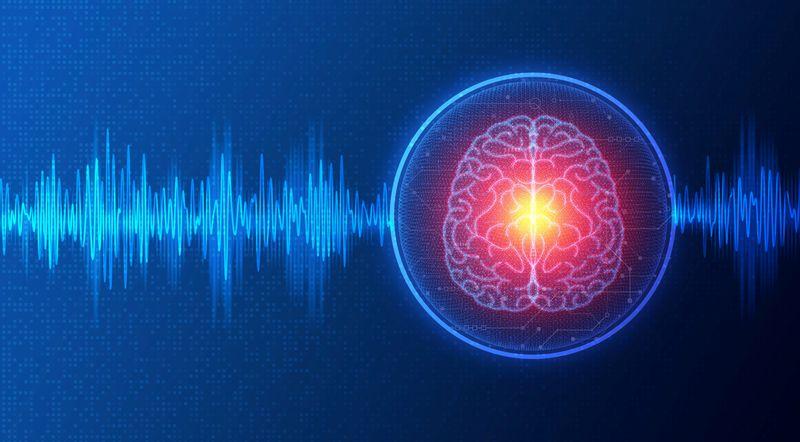Scientists at the UK Dementia Research Institute have developed a non-invasive brain stimulation method to help people with memory loss caused by Alzheimer’s disease.
Scientists at the UK Dementia Research Institute have developed a new non-invasive brain stimulation method that could help people suffering from memory loss caused by Alzheimer’s disease. We interviewed Dr Ines Violante, first author of the study and senior lecturer in psychological neuroscience at the University of Surrey, to find out more about the research and next steps.
The path from theory to laboratory
The technique, called temporal interference (TI), was first described by a team from Imperial College London led by Dr Nir Grossman. In 2017, they successfully conducted a test on mice, opening up the possibility of using it in humans. However, there are many differences between an animal test and the application on human volunteers.
“There are several challenges,” Dr Violante explained to IFLScience. “Let’s start with anatomy. If we think about brain size – very different, right? The size of a mouse’s brain is the size of the tip of my finger and, well, that’s not the case in humans!”
In addition to anatomical differences, there are also different ethical and practical considerations between animal and human research. Laboratory animals can be sacrificed to analyze brain tissue, but this option is not possible with human subjects. The safety of human clinical trials is a primary concern and requires careful planning.
Fortunately, TI is not the only noninvasive brain stimulation method used in humans. There are other methods, such as transcranial magnetic stimulation (TMS), transcranial direct current stimulation (tDCS), and transcranial alternating current stimulation (tACS), which have been used for many years and have demonstrated safety. Using these methods as a reference point made designing an TI study with 20 healthy participants easier.
However, there have been obstacles along the way.
“Unfortunately, we also had COVID between the mouse study and the human study,” Dr. Violante told IFLScience. “So we had to stop scanning for almost a year.”
Despite the difficulties, the team managed to complete the experiments on all 20 volunteers. But how does it feel during a TI session and what effects does it have on the brain?
How does it feel to stimulate your brain?
The aim of TI is to replicate the targeted stimulation of the brain that has so far only been possible through surgical interventions. Deep brain stimulation (DBS), which involves implanting electrodes into the brain, carries significant risks but has important applications.
DBS is the main surgical treatment offered for Parkinson’s disease when medications are no longer effective. The electrodes provide high-frequency stimulation to brain regions involved in movement control. Although it is best known for treating Parkinson’s, DBS is also used in other movement disorders and psychiatric disorders.
However, brain surgery carries significant risks.
In contrast, TI involves placing electrodes on the surface of the skull, in locations customized to the individual. During stimulation, subjects remain awake and can communicate any discomfort to the researcher. TI uses two current sources with different overlapping frequencies, creating an interference pattern that can affect neuronal activity in the brain.
With other brain stimulation methods, such as tACS, people may experience tingling sensations or side effects such as phosphenes or a metallic taste in the mouth. With TI, most participants reported only mild pressure or warmth. “We had one attendee who started laughing!” Dr. Violante recalled. A fit of laughter seems preferable to brain surgery. But the question is: does it work?
Does it work and what are the next steps?
The recent study verified that TI can affect the hippocampus, the memory center of the brain. Using post-mortem brain tissue and healthy volunteers, the team demonstrated that targeted stimulation of the hippocampus improves memory accuracy.
The next step is a clinical trial in Alzheimer’s disease patients, led by Dr Grossman and the Imperial College team. The objective is to evaluate the effectiveness of TI in improving memory in people suffering from this disease.
